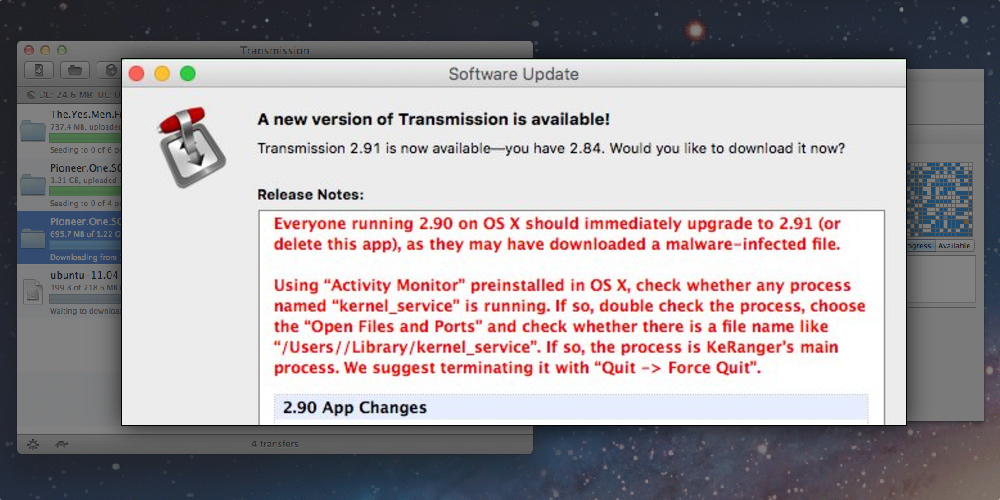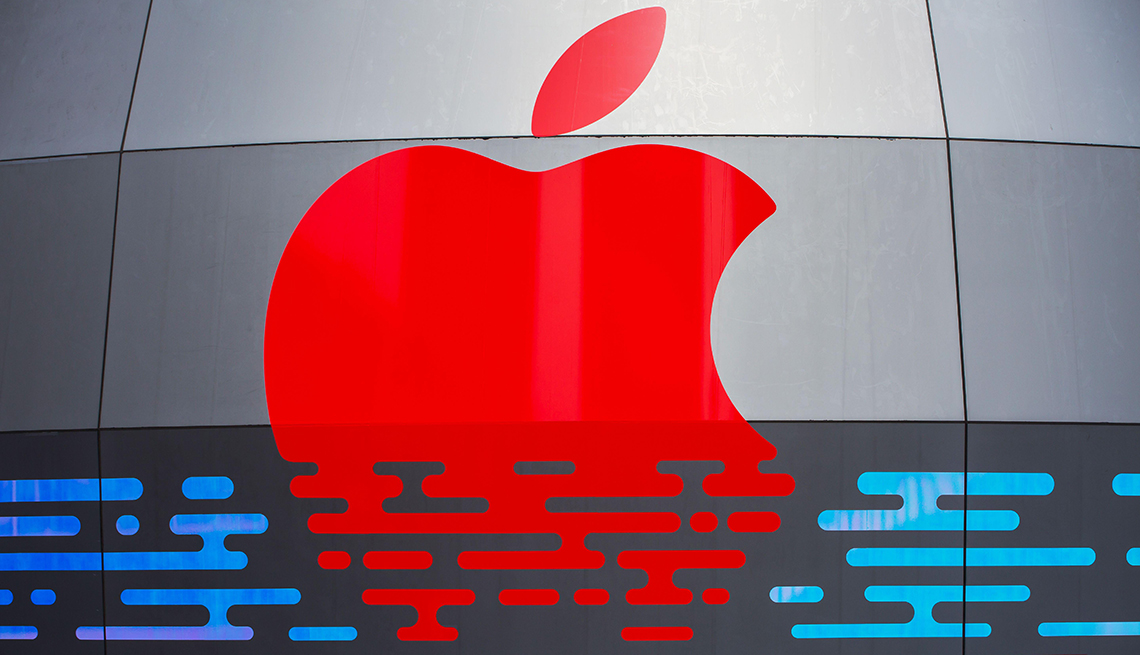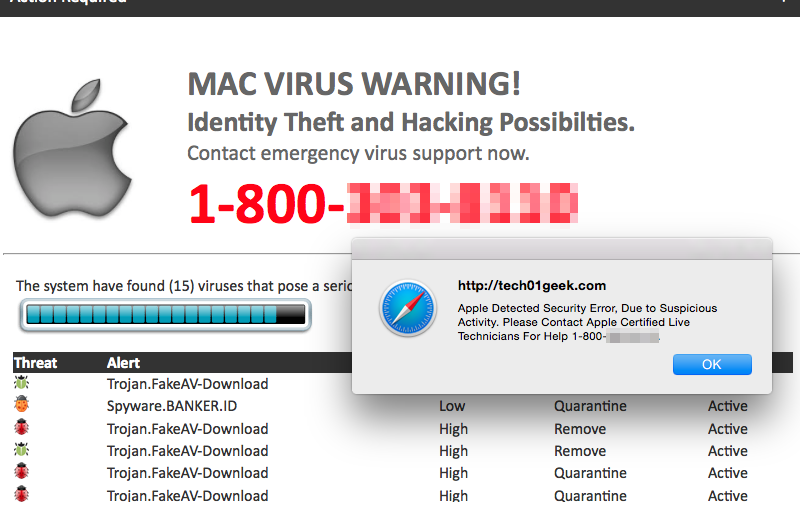

- APPLE RANSOMWARE FIX WINDOWS 10
- APPLE RANSOMWARE FIX SOFTWARE
- APPLE RANSOMWARE FIX ZIP
- APPLE RANSOMWARE FIX FREE
- APPLE RANSOMWARE FIX MAC
(Files removed using the rm program don’t go into the Trash and so can’t easily be recovered.)
APPLE RANSOMWARE FIX ZIP
In fact, Filecode goes through all the files it can access in the /Users directory, using the built-in macOS program find to list your files, zip to encrypt them, and rm to delete them.
APPLE RANSOMWARE FIX MAC
If you click, the process will begin under the guise of a fictitious message, shown here still pretending everything is OK, even after the files on the Mac desktop have been encrypted:

If you run one of the “Patcher” versions of this ransomware, you’ll see a popup window that makes it clear the program is about to get up to no good: This version only encrypts files in a directory called /Desktop/test, and doesn’t make any effort to hide the giveaway text messages stored inside the program: We’ve seen three versions of Filecode: one claims to crack Adobe Premiere, the second to crack Office 2016, and the third, called Prova, seems to be a version that wasn’t supposed to be released: In a neat irony, it looks as though the latest waves of ransomware have turned out to be the strongest anti-ransomware message of all! But recent attacks, where paying up doesn’t do any good, have started to change public opinion. Word got around that paying up, no matter how much it might hurt to do so, would probably save your data, and that’s what many people did, creating a “seller’s market” for ransomware demands. The crooks behind it set up an extortion process that could reliably supply decryption keys to victims who paid the ransom. We’ve written about this sort of ransomware before, dubbing it “ boneidleware“, because the crooks were sufficiently inept or lazy that they didn’t even bother to set up a payment system, scrambling (or simply deleting) your files, throwing away the key, and then asking for money in the hope that at least some victims would pay up anyway.ĬryptoLocker, back in 2013, was the the first widespread ransomware. That’s because the crook behind this ransomware failed to keep a copy of the random encryption key chosen for each victim’s computer. Ironically, the fact that you can recover without paying comes as a double relief.
APPLE RANSOMWARE FIX FREE
As long as you have an original, unencrypted copy of one of the files that ended up scrambled, it’s very likely that you will be able to use one of a number of free tools to “crack” the decryption key and to recover the files for yourself.
APPLE RANSOMWARE FIX SOFTWARE

APPLE RANSOMWARE FIX WINDOWS 10
Swift was released as an open-source project in 2016 and can now officially be used on Linux as well as on Apple platforms, and also on Windows 10 via Microsoft’s Linux subsystem. This ransomware, detected and blocked by Sophos as OSX/Filecode-K and OSX/Filecode-L, was written in the Swift programming language, a relatively recent programming environment that comes from Apple. In fact, it was clearly written for the Mac on a Mac by a Mac user, rather than adapted (or ported, to use the jargon term, in the sense of “carried across”) from another operating system. (No smirking from the Windows tent, please!) That might not sound particularly newsworthy, given the number of malware variants that show up every day, but this one is more interesting than usual… Last week, SophosLabs showed us a new ransomware sample. Thanks to Anna Szalay and Xinran Wu of SophosLabs for their behind-the-scenes work on this article.


 0 kommentar(er)
0 kommentar(er)
